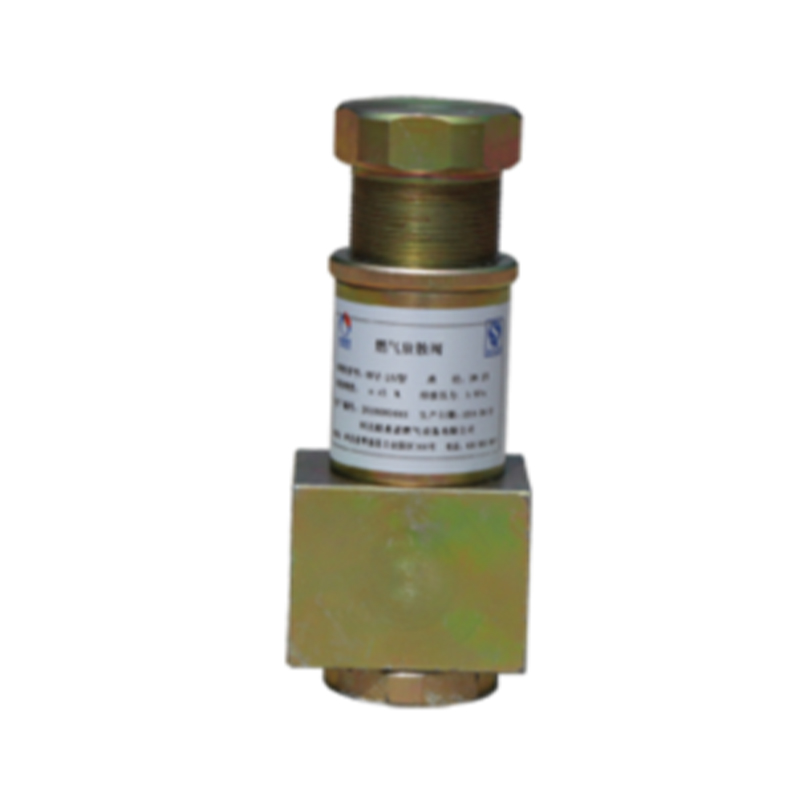
Nov . 25, 2024 15:02
Back to list
Natural Gas Pressure Regulation Valve for Efficient Flow Management Solutions
Understanding Natural Gas Pressure Reducing Valves
Natural gas plays a crucial role in our daily lives, powering everything from heating systems to stoves. However, for this energy source to be safe and efficient, it must be delivered at the appropriate pressure. This is where natural gas pressure reducing valves (PRVs) come into play. These devices are essential for ensuring that the gas pressure is regulated effectively, providing safety and efficiency for residential and commercial applications.
A pressure reducing valve functions by controlling the pressure of natural gas as it enters a building. Typically, natural gas is transported through pipelines at high pressure, which is necessary for efficient long-distance travel. However, when the gas reaches its destination, it must be reduced to a lower pressure suitable for use in appliances. This is where PRVs come into action.
PRVs operate using a simple yet effective mechanism. They consist of a valve that is connected to a diaphragm and a spring. When the high-pressure gas enters the valve, it pushes against the diaphragm. If the pressure exceeds a predetermined level, the diaphragm moves, allowing the valve to partially close, thus reducing the flow and pressure of the gas. This automatic adjustment ensures that the pressure remains safe for household or industrial applications.
natural gas pressure reducing valve

One of the key advantages of using a pressure reducing valve is safety. High-pressure gas can pose significant risks, including leaks or explosions if not managed correctly. PRVs mitigate these risks by maintaining consistent pressure levels, thereby ensuring that appliances operate safely within their specified pressure ranges. Additionally, a PRV can help in conserving energy. By optimizing the pressure levels, these valves can enhance the efficiency of gas appliances, leading to reduced energy consumption and lower utility bills.
Regular maintenance of natural gas pressure reducing valves is vital for their longevity and performance. It is recommended to have these valves inspected periodically by qualified professionals to ensure that they are functioning correctly. Signs that a PRV may need attention include fluctuating gas pressure, unusual noises, or a noticeable decrease in appliance performance.
In conclusion, natural gas pressure reducing valves are a vital component in the safe and efficient delivery of natural gas. By regulating gas pressure, these valves not only enhance safety but also improve the overall performance of gas appliances. Understanding the importance of PRVs can help consumers make informed decisions about their gas systems, ensuring both safety and efficiency for years to come.
Next:
Latest news
-
Safety Valve Spring-Loaded Design Overpressure ProtectionNewsJul.25,2025
-
Precision Voltage Regulator AC5 Accuracy Grade PerformanceNewsJul.25,2025
-
Natural Gas Pressure Regulating Skid Industrial Pipeline ApplicationsNewsJul.25,2025
-
Natural Gas Filter Stainless Steel Mesh Element DesignNewsJul.25,2025
-
Gas Pressure Regulator Valve Direct-Acting Spring-Loaded DesignNewsJul.25,2025
-
Decompression Equipment Multi-Stage Heat Exchange System DesignNewsJul.25,2025

